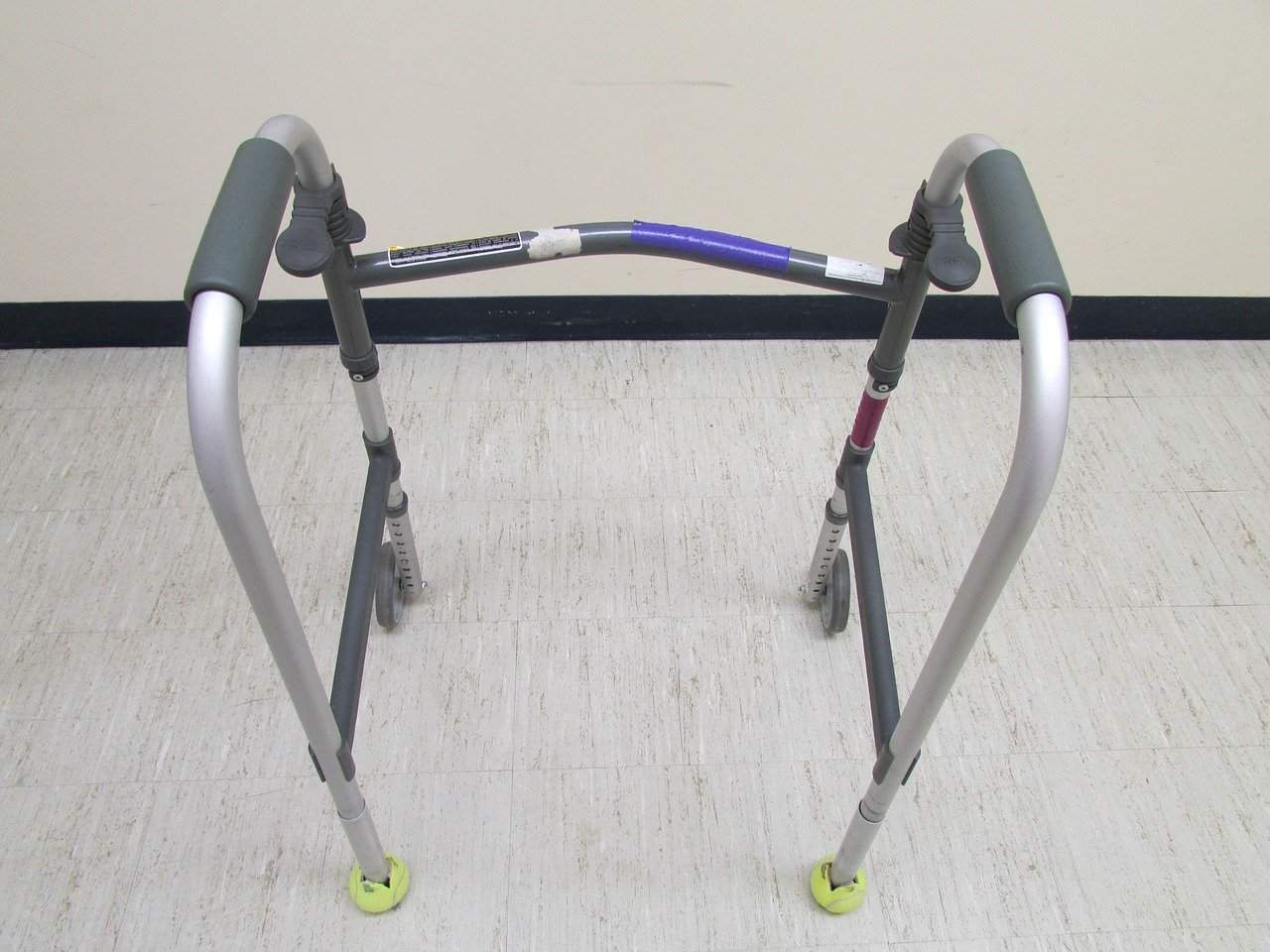When you seek out a long-term care facility for a parent or other elderly relative, your goal is to keep your loved one safe and healthy. Unfortunately, not every nursing home staff member lives up to his or her obligations. Elder abuse is a growing problem, both in home settings and in residential facilities.
Elder Abuse in Ohio
Ohio Adult Protective Services estimates that between 50,000 and 60,000 elderly Ohio residents suffer physical abuse each year. That doesn’t include older people who suffer from other types of abuse and neglect, including:
- Emotional or psychological abuse
- Financial elder abuse
- Negligent caretaking
While not all of that abuse takes place in nursing homes, data from the National Center on Elder Abuse (NCEA) suggests that many nursing home residents are at risk. NCEA aggregated data from several studies and surveys conducted across a period of nearly 20 years and found that:
- More than 40% of nursing home residents surveyed told interviewers that they had been physically abused
- 17% of CNAs interviewed in another study admitted to having grabbed, pushed, or shoved a resident
- Nearly ¼ of CNAs responding in the same survey admitted to having sworn at or insulted residents
Protecting Your Loved One from Elder Abuse
Protecting an aging family member from elder abuse in a nursing home requires vigilance—vigilance in selecting the long-term care facility, and in monitoring the condition of your loved one and the care he or she is receiving.
Choosing the Right Nursing Home
Often, when family members visit nursing homes to choose a facility, their focus is on the physical facility, the medical staff, and general practices and procedures. While those are all important considerations, don’t overlook more nuanced variables.
For example, when you visit a nursing home, watch how the residents respond to the staff. While staff may be on “good behavior” in front of visitors, the residents will likely react naturally. Of course, nursing home residents may be suffering from a variety of physical and psychological conditions, so a single resident responding negatively to staff may not be a red flag. But, if staff ignore residents as they move about the facility, or the warmth they show residents in your presence is largely unreturned, take note.
Similarly, you’ll want to take note of how well-cared-for both the residents and the facility seem to be. Look for clean clothing, comfortable temperatures, and general signs of well-being in the residents you encounter.
More detailed information about choosing a nursing home.
Identifying Elder Abuse
Choosing the nursing home carefully will cut down on the likelihood of elder abuse, but even the best of facilities can make a bad hiring decision or fail to promptly recognize problems. Therefore, friends and family of elderly and disabled nursing home residents must take the initiative to monitor care and respond to any red flags.
Some key warning signs of elder abuse and neglect in a nursing home setting include:
- Change in personality: If your elderly loved one becomes withdrawn, anxious, or depressed, explore the reasons for the change. While some changes in mood and behavior may be attributed to the change in environment or the medical condition that necessitated long-term care, this type of shift may also signal that the elder is being mistreated.
- Unexplained bruises: The elderly often bruise easily, and a variety of medications and medical conditions can increase bruising. Because bruising in older people isn’t uncommon, family members don’t always think to question the source of bruising. But, those bruises may be a sign of rough treatment by staff.
- Sexually transmitted diseases: If your elderly relative has medical issues that indicate possible sexual contact, such as STDs, genital infections, or unexplained redness and swelling in the genital area, ask tough questions. This type of illness or injury is often a sign of sexual abuse by a staff member or other resident.
- Indications that restraints have been used: Markings on the wrists or other indications that your loved one has been restrained should trigger an investigation on your part. Under some circumstances, nursing home residents are restrained for their own safety. But, restraint as punishment or for the convenience of staff is a common type of elder abuse in nursing homes.
Every nursing home resident is different, and no one knows your loved one better than you do. While the list above includes some of the most common warning signs, it’s important to follow up on anything that seems suspicious or out of character to you.
Help for Victims of Elder Abuse
If you or an elderly loved one have been abused in a nursing home, the personal injury lawyers at Dworken & Bernstein can help. Contact us right now to schedule a free consultation with one of our experienced nursing home abuse attorneys.







